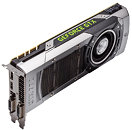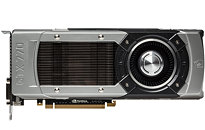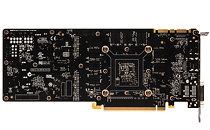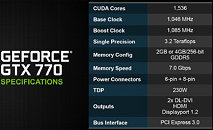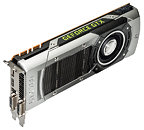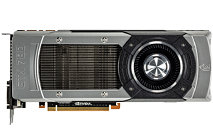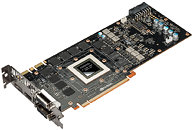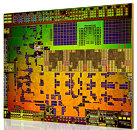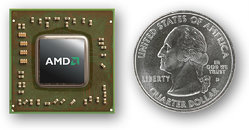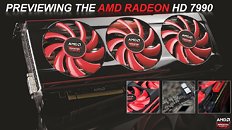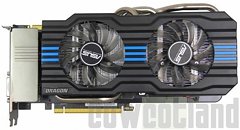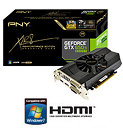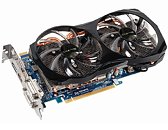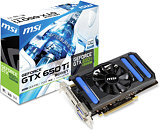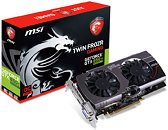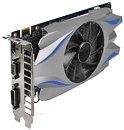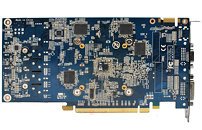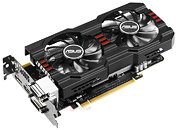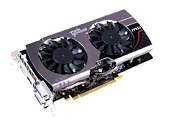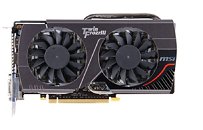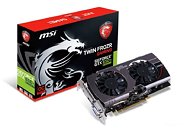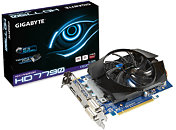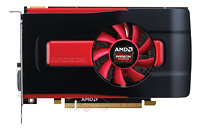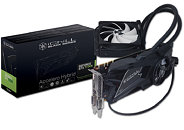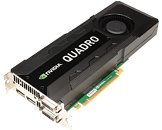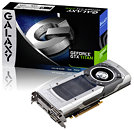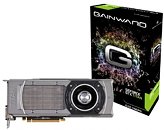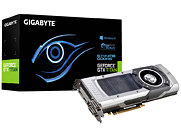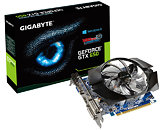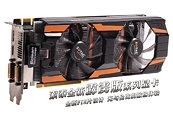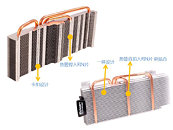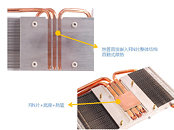
NVIDIA Announces GeForce GTX 770 Performance Graphics Card
NVIDIA launched the business-end of its GeForce GTX 700 series, launching the GeForce GTX 770. Tough to make apart from GeForce GTX 780 and GeForce GTX TITAN visually, the GTX 770 is based on the 28 nm GK104 silicon, configured similarly to the GeForce GTX 680 from the previous generation, albeit with higher clock speeds, GPU Boost 2.0, and a stronger VRM to sustain those higher clock speeds. The card ships with 1046 MHz core, 1085 MHz GPU Boost, and a blistering 7010 MHz (GDDR5-effective) memory. It features 2 GB of memory, 4 GB variants could launch soon.
The GeForce GTX 770 packs 1,536 CUDA cores, 128 TMUs, and 32 ROPs, and a 256-bit wide GDDR5 memory interface. At its given memory speeds, it could belt out 224 GB/s of memory bandwidth. To support these higher clock speeds, the card draws power from a combination of 8-pin and 6-pin PCIe power connectors. Display outputs include a pair of DVI, an HDMI, and DisplayPort. The card can pair with three more of its kind, for 4-way SLI. As predicted, the GeForce GTX 770 starts at US $399. NVIDIA's partners could come out with custom-design cards from day-one.
The GeForce GTX 770 packs 1,536 CUDA cores, 128 TMUs, and 32 ROPs, and a 256-bit wide GDDR5 memory interface. At its given memory speeds, it could belt out 224 GB/s of memory bandwidth. To support these higher clock speeds, the card draws power from a combination of 8-pin and 6-pin PCIe power connectors. Display outputs include a pair of DVI, an HDMI, and DisplayPort. The card can pair with three more of its kind, for 4-way SLI. As predicted, the GeForce GTX 770 starts at US $399. NVIDIA's partners could come out with custom-design cards from day-one.
